June 2019
Best Investment for You and the Planet
Read more
As cities continue to grow from urban migration, planning boards are looking for new ways to create public spaces that are functional and aesthetically pleasing, and that keep users engaged and coming back—throughout their lives. Not only does a beautiful public space design give people a great excuse to get out of the house and into nature, but these spaces also provide a “backyard” experience—a place to relax with family or entertain guests—for those who live in apartments and homes with limited property. Public spaces also encourage people in a community to interact with each other, to share information and learn about what’s happening all around them.
But beyond aesthetics, designing for public spaces is a tricky balance that involves a deep knowledge of the place, the community, and its needs, and the thoughtful selection of outdoor structures and furniture, like outdoor chairs and tables. Here’s a quick guide to the principles design pros follow for creating standout public spaces
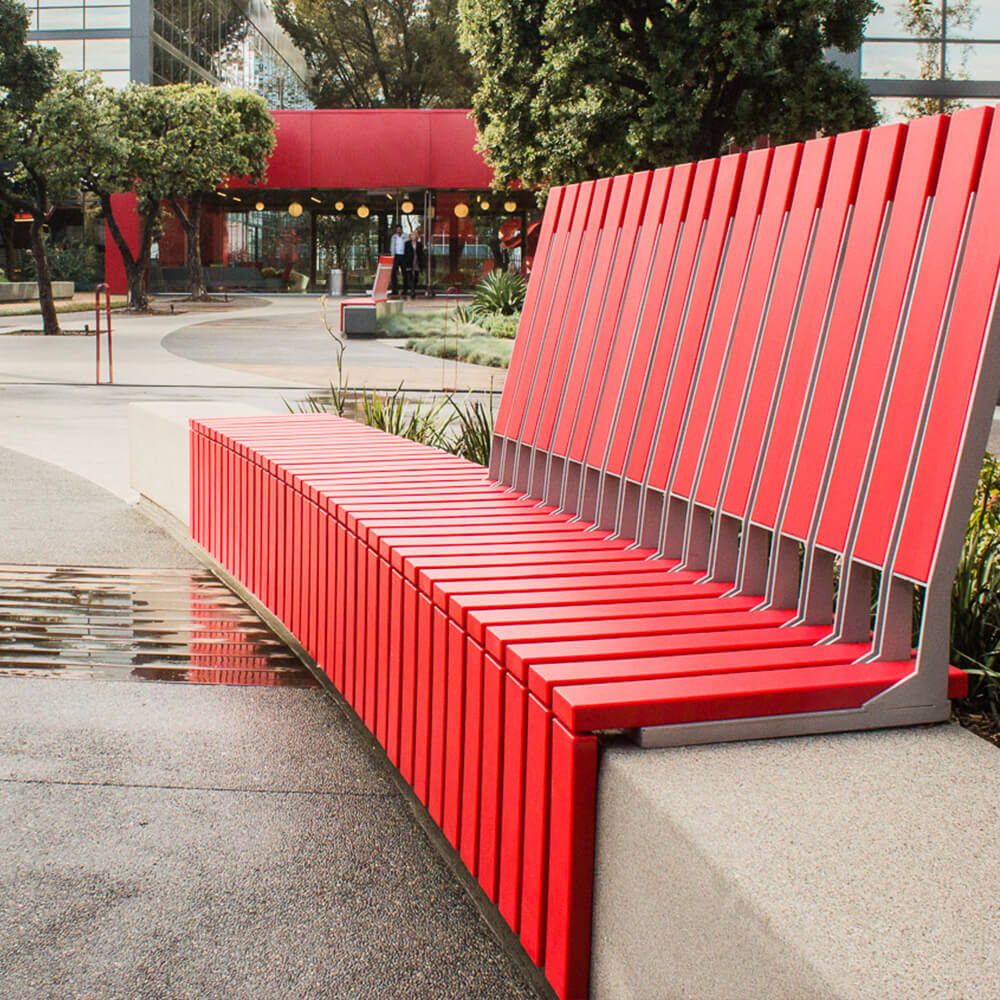
Make sure your design is adaptable for different uses. Identifying your audience and the use of the space first will help you shape it into a space that people look forward to using. Also make sure you can leave room for improvements or enhancements in the future.
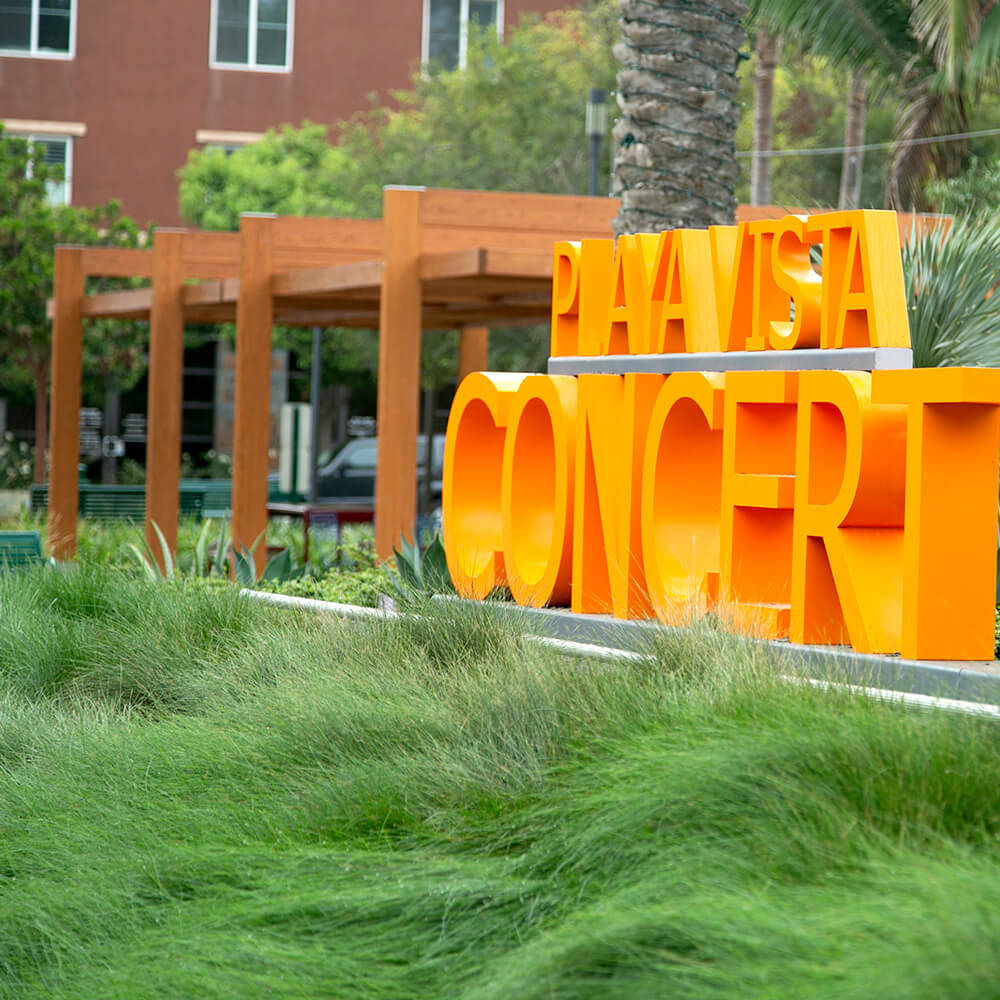
The best public spaces can accommodate different social groups and uses. For example, in Playa Vista Concert Park in Playa Vista, California, a shade terrace creates the outline for a multipurpose area. Depending on the day (or time of day), it can be a spot for a kids’ birthday party, a place for colleagues to chat and eat lunch from nearby food carts, or a venue for sharing outdoor movies.
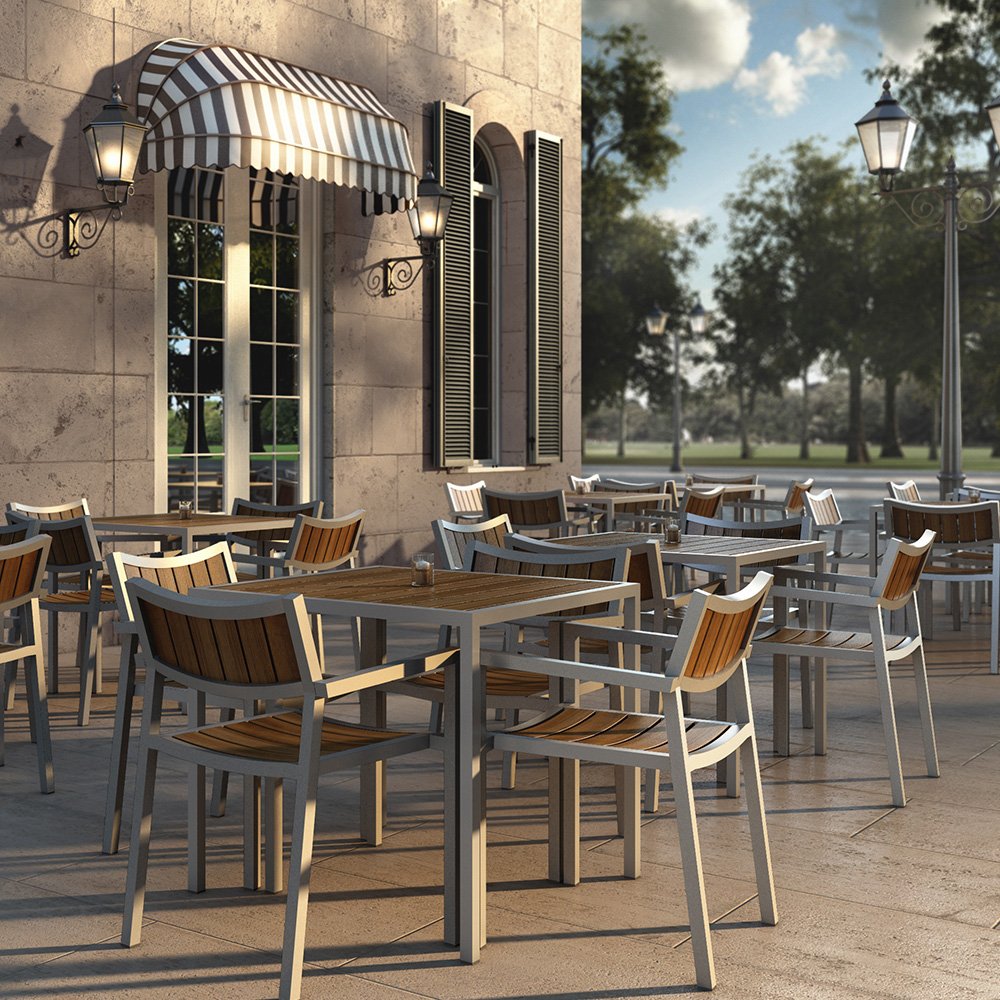
Be mindful of historic details and landmarks, or the town’s history. Think about how you can complement the identity of the place and add to it—not compete with it. It’s often a good idea to seek the opinions of people who know the community best. While politicians and administrators should certainly have a say, it’s even more important to find out what residents most need and want. People are more likely to regularly use a space that they feel comfortable and happy in.
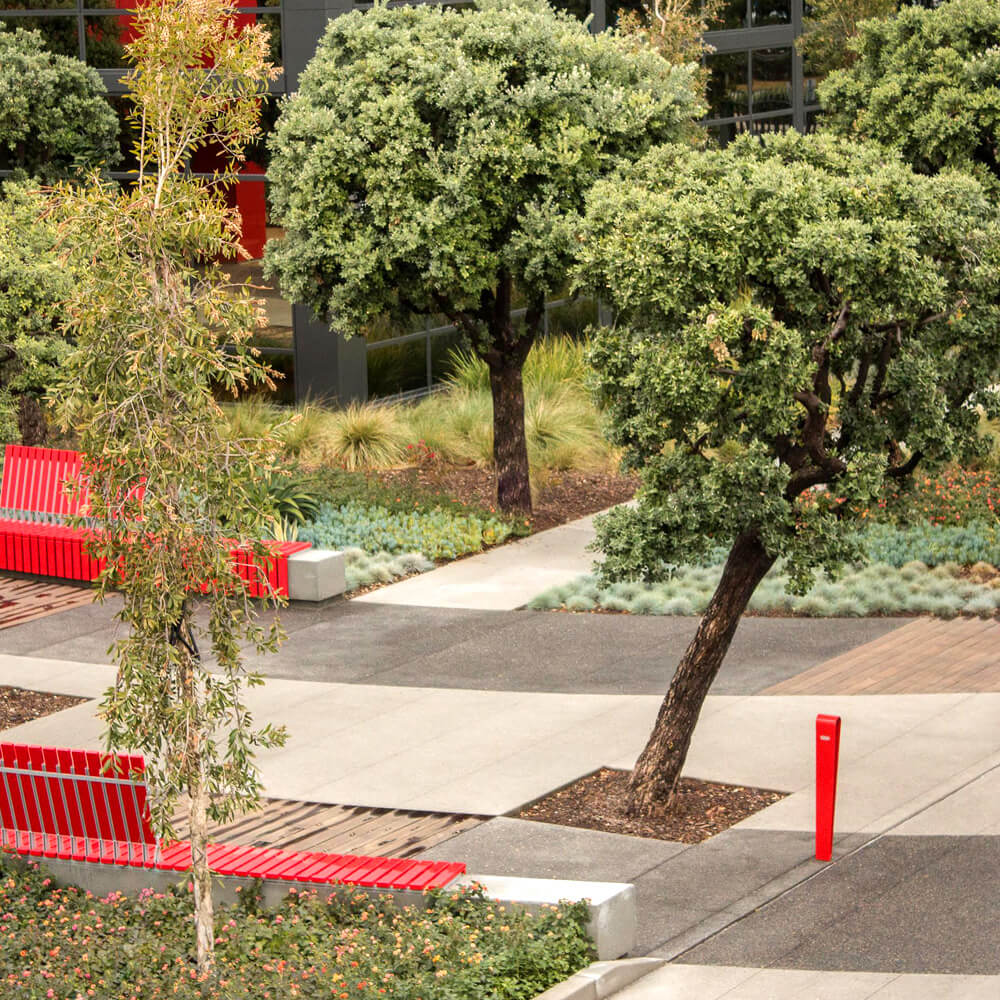
Your design needs to provide ease of use and a safe experience for the user. When designing public spaces, make it easy to get around, with clearly labeled pathways and signage that connect spaces. Designate spaces for walking and biking or skateboarding, and for people with disabilities. Keep traffic out of the immediate area by creating parking places at least 100 meters from social spaces.
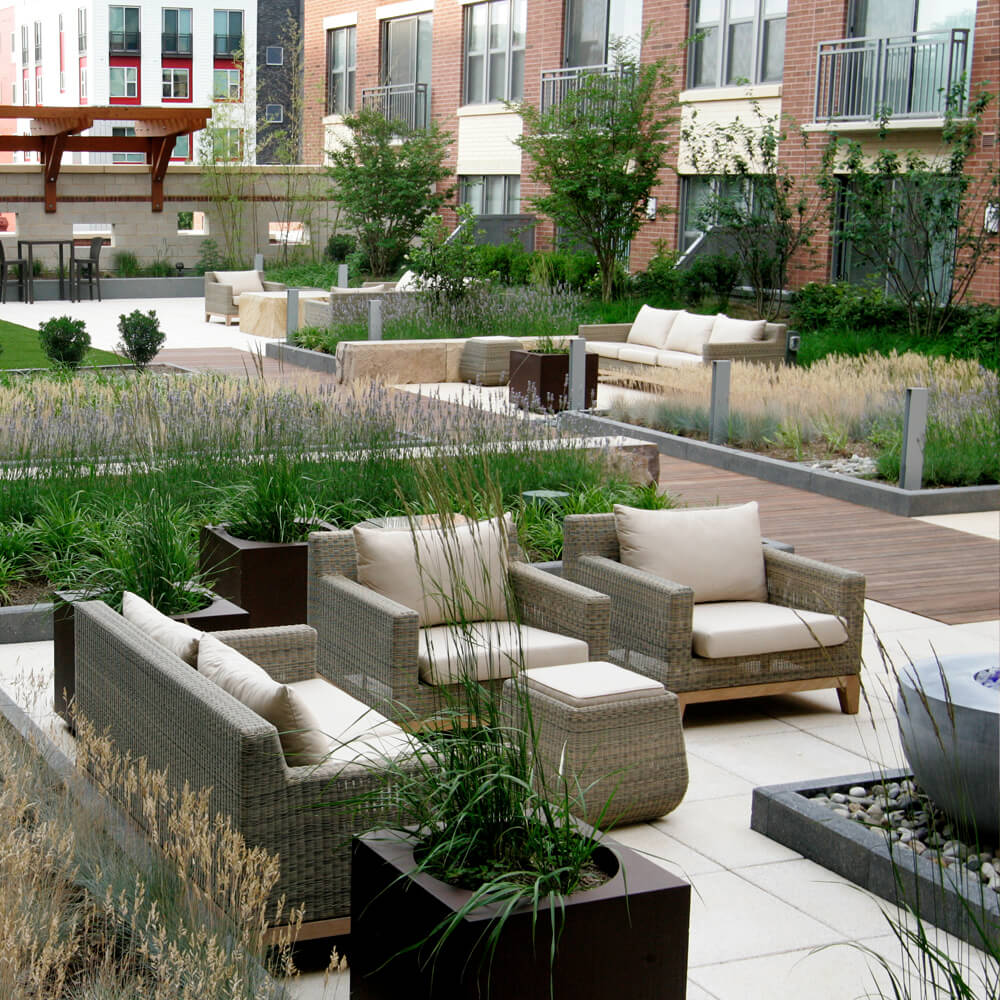
What do you want the user to experience through visual elements or sound? Can you include different textures in your outdoor furniture and accessories that are interesting to the touch? Can you incorporate sturdy outdoor planters or beds of flowers and greenery that appeal to the senses of sight and smell?
In the central courtyard of 360H Street Apartments in Washington, DC, for instance, the designers chose outdoor sofas, lounge chairs, and ottomans that mix smooth teak with textural rattan and soft, upholstered cushions. They delineated each of the different sitting areas with a variety of plantings, including tall grasses that wave in the breeze and bring a mix of soothing scents to the courtyard.
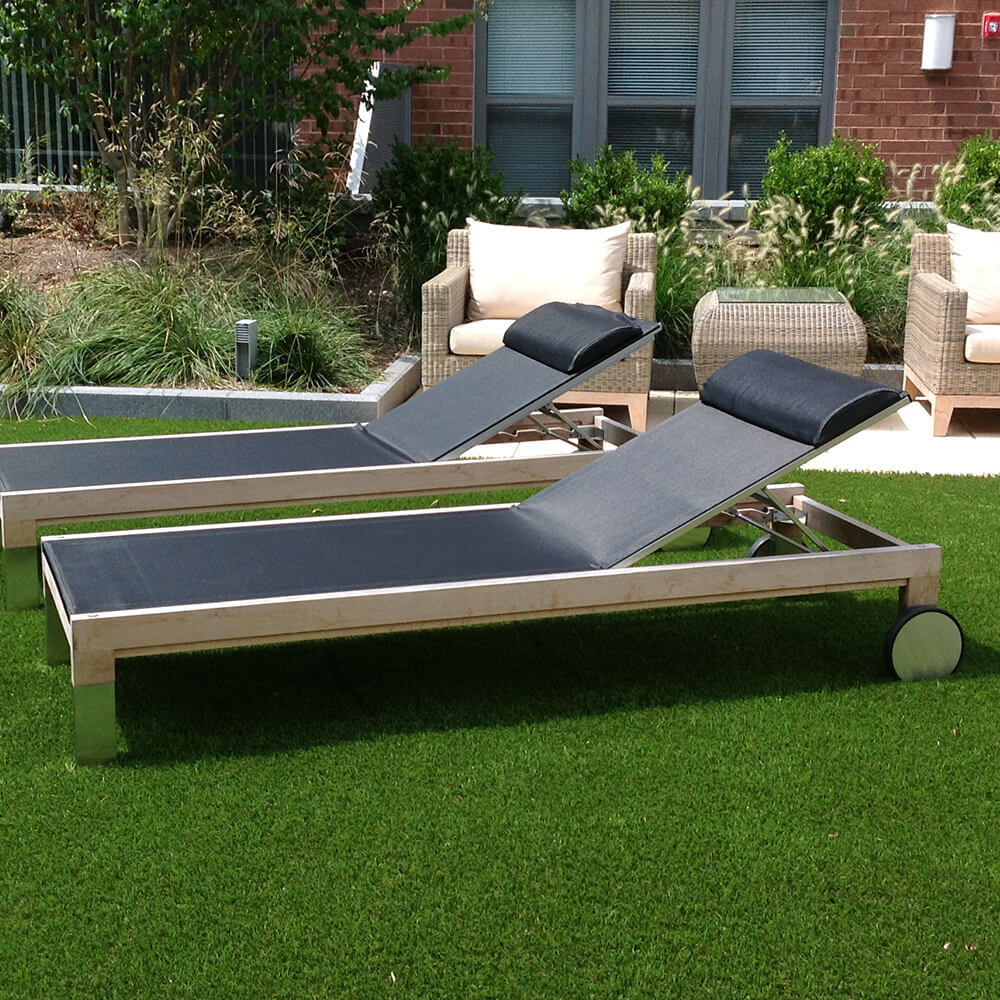
Take into account not just aesthetics and cost, but also the life of structural materials, furniture, planters, and other accessories in your public space design. Because top-quality items last longer, you’ll need fewer replacements over time and you won’t be contributing to our overflowing landfills. This makes these items a more sustainable choice, which is also important to many modern users.
360H Street Apartments has struck the perfect balance here. The teak and rattan furniture is structurally sound and weather-hardy, while the tough-cookie Sunbrella cushions can handle everything from stains to storms and, with a little washing, still look brand-new.
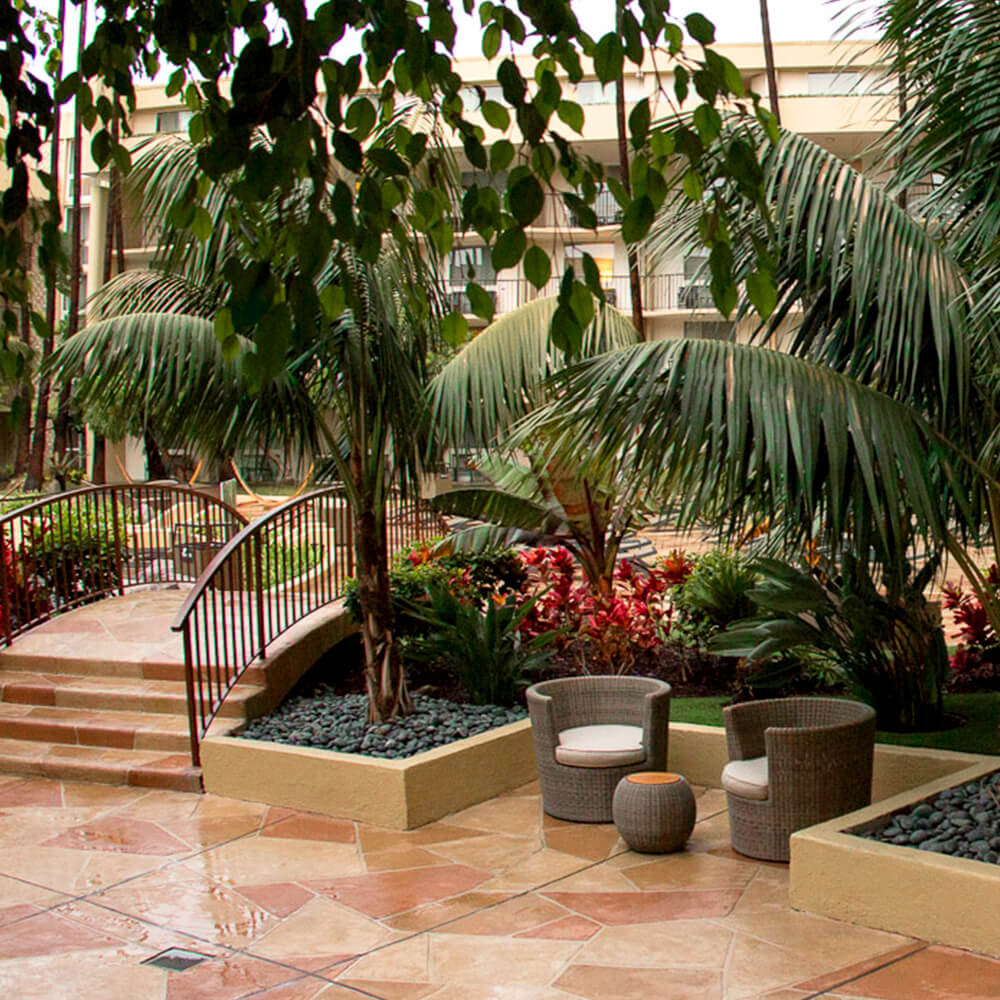
Most people will choose a straight line or a shortcut to get from place to place. But if a space is meant to encourage a person to slow down, reflect, and a stay a while, ambling or winding paths may help encourage this state of mind.
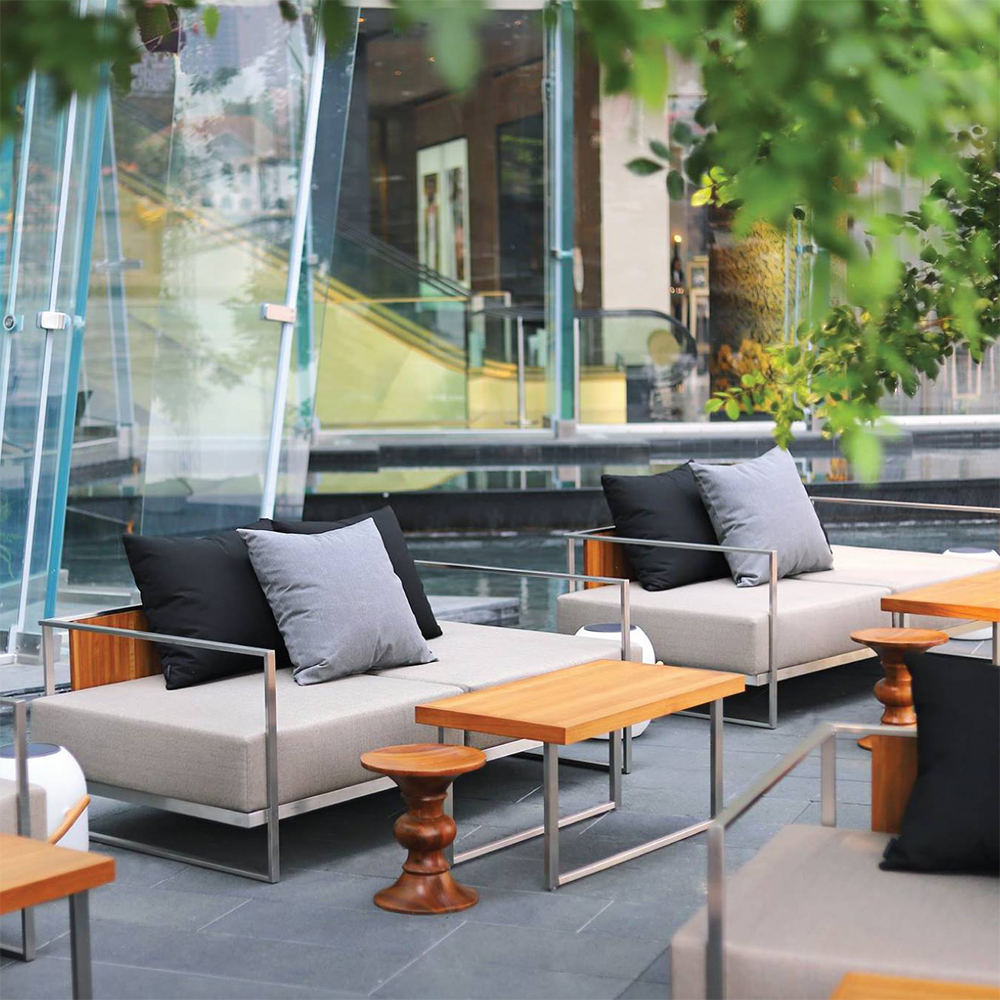
A great public space should be adaptable to changes in the community’s needs. This might make it feel like our designs are never complete, and it’s true in a literal sense. But in a larger sense, this opens up opportunities to create flexible spaces that serve their community continuously, instead of becoming outmoded in just a few years.
Keep these principles in mind when developing a public space design, and you’ll create something that isn’t just a functional space; it’s also a symbolic embodiment of the community’s soul, and a positive reflection of how much the city cares for its residents.